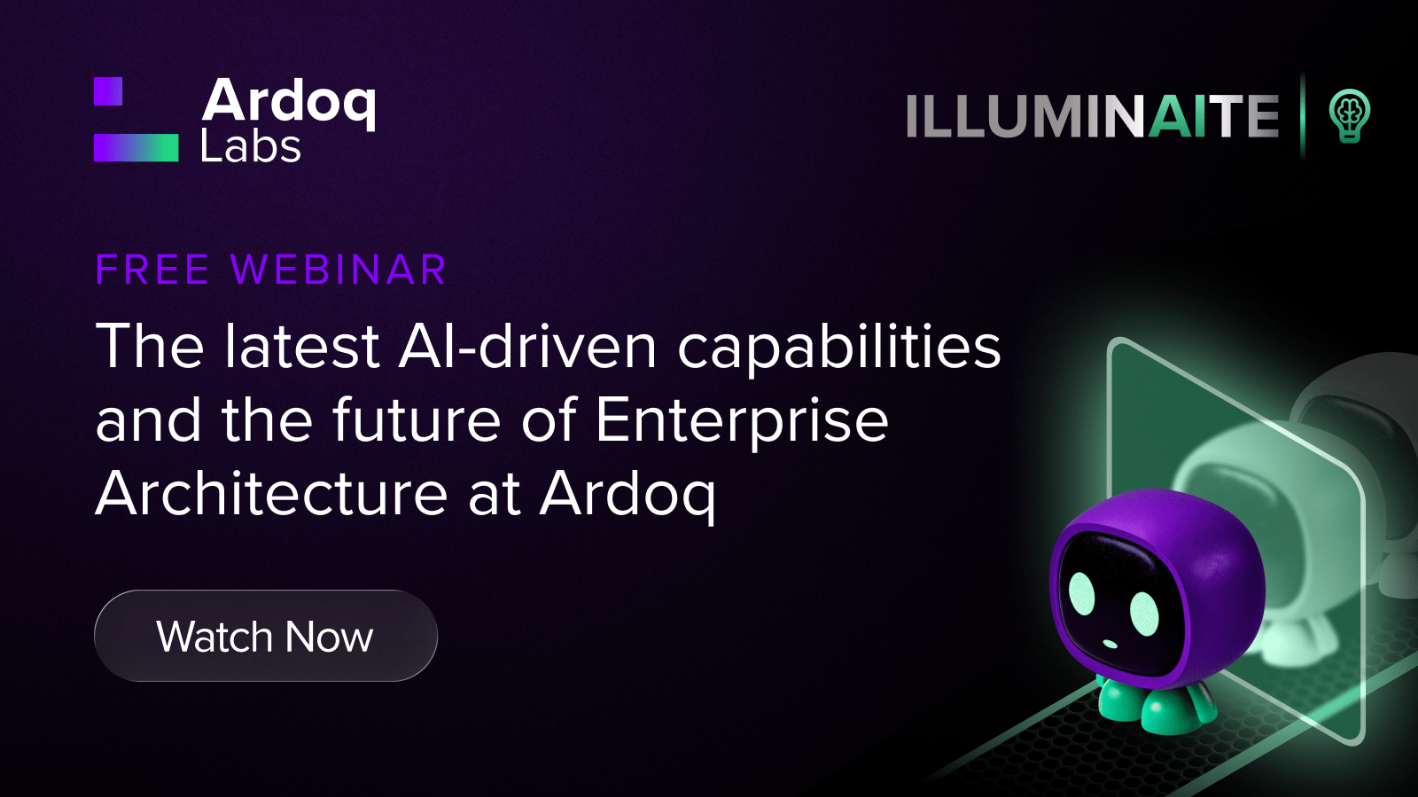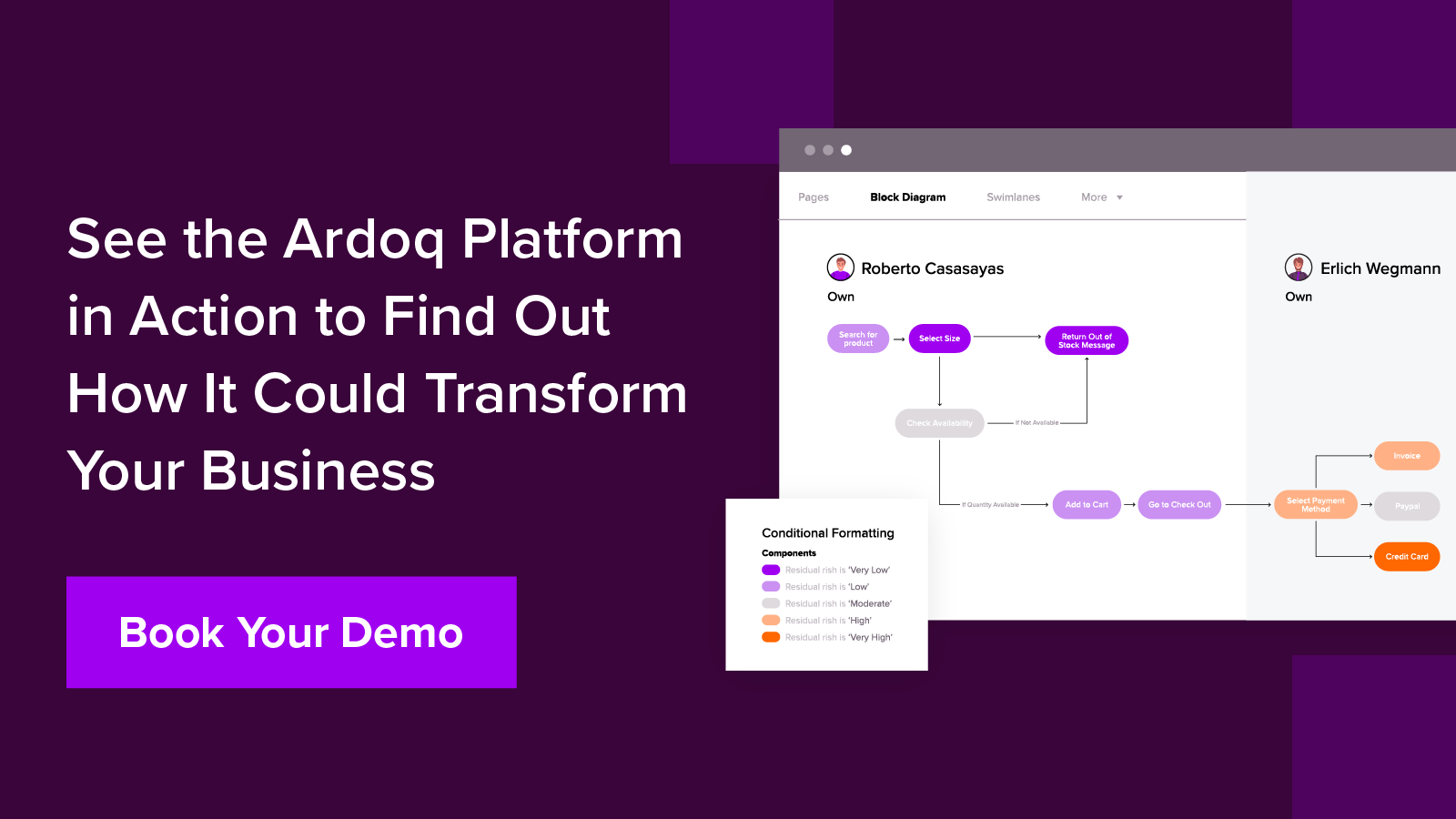The uncomfortable truth about enterprise AI: Most GenAI pilots fail not because the models aren't smart enough—but because they don't know enough about your business.
When Shopify CEO Tobi Lütke and AI researcher Andrej Karpathy simultaneously championed the term "context engineering" in June 2025, they crystallized something Enterprise Architects have intuitively understood for decades: intelligence without context is just noise. Whether that intelligence is human or artificial doesn't change the fundamental requirement—you need the right information, at the right time, in the right format to make good decisions.
Here's the revelation reshaping how forward-thinking organizations approach AI: Enterprise Architects have always been context engineers.
The blueprints, models, capability maps, and dependency diagrams you've been maintaining? That's not just documentation. It's the fuel that transforms AI from an expensive chatbot into a strategic decision-support engine.
The Three Phases of Enterprise AI Maturity

The enterprise AI journey has moved through distinct phases, each solving critical limitations of the previous approach:
Phase 1: RAG (Retrieval-Augmented Generation)
RAG solved the "knowledge cutoff" problem. Instead of relying solely on pre-trained models, organizations could inject relevant documents into AI responses. Groundbreaking—until people realized that retrieving text snippets doesn't mean the AI understands how those pieces fit into your actual business operations.
Phase 2: Prompt Engineering
Prompt engineering taught us that how you ask matters. A well-crafted prompt could transform mediocre outputs into useful ones. But here's the limitation: even the world's most perfect prompt can't compensate for an AI that doesn't understand your application dependencies, business capabilities, or cost structures.
Phase 3: Context Engineering
Context engineering represents the leap from asking better questions to fundamentally reshaping what the AI knows at the moment of action. As Lütke framed it: "the art of providing all the context for the task to be plausibly solvable by the LLM." Not just crafting clever prompts, but architecting entire information ecosystems that AI systems inhabit.
This matters because research confirms what practitioners suspected: most AI agent failures are context failures, not model failures. While the industry obsessed over finding "magic prompts," leading organizations recognized that production-grade AI requires systematic management of everything an AI sees—system instructions, conversation history, retrieved information, tool definitions, structured outputs, and guardrails.
The enterprise validation arrived swiftly. Cognizant announced deployment of 1,000 context engineers over the next year, signaling that Fortune 500 companies view this as a permanent capability requiring dedicated expertise combining domain knowledge, functional understanding, and technical implementation.
The Architect's Hidden Superpower: You've Been Doing This All Along

AI researcher Andrej Karpathy popularized a powerful analogy: think of an LLM like a computer. The model itself is the processor, and its "context window"—the limited space for information it can work with at once—is its working memory. Context engineering is the practice of carefully managing what goes into that memory at each step.
Here's the critical insight: when you control what information the AI sees, its outputs become predictable and reliable. Instead of a mysterious black box generating random responses, you get a tool that consistently produces useful results based on what you feed it. This reliability is essential for any serious business application.
And here's where Enterprise Architects enter the story as the unexpected heroes.
For decades, your core mandate has been to curate, structure, and communicate the complex context of the business to guide intelligent action. The primary difference? For years, the intended audience for this context has been human decision-makers, not machine intelligence. But the fundamental discipline—creating a holistic, shared understanding of the organization's capabilities, processes, data flows, application dependencies, and technological infrastructure—remains identical.
Consider this parallel:
|
Traditional EA Practice
|
Context Engineering for AI
|
|
Business Capability Mapping: Manually defining what the business does
|
Schema & Tool Definition: Defining structured data models and APIs that represent business capabilities for an AI agent
|
|
Data Modeling & Information Architecture: Creating relationship flow and data flow diagrams
|
Retrieval-Augmented Generation (RAG): Architecting vector databases and search indices so an AI can retrieve the right data
|
|
Process Modeling: Creating workflow diagrams for human analysis
|
Workflow Engineering: Designing dynamic, multi-step sequences of AI actions for automated execution
|
|
Architecture Principles & Standards: Writing policies to guide technology decisions
|
System Prompts & Guardrails: Crafting core instructions and constraints to govern an AI's behavior and boundaries
|
|
Current-State vs. Future-State Analysis: Creating blueprints to guide transformation
|
Memory Management: Designing systems for short-term and long-term memory to guide an AI's evolution
|
|
Stakeholder Communication: Translating complex architecture into digestible insights
|
Context Assembly: Dynamically selecting and formatting the most relevant information for AI consumption
|
The work hasn't changed. The consumer has.
The Tree Swing Problem: Context Failures in Humans and Machines
 Remember the classic "tree swing" cartoon? It brilliantly illustrates what happens when context breaks down in organizations: the customer wants a simple swing, the project leader envisions something elaborate, the analyst designs something impractical, the programmer builds something barely functional, and what actually gets delivered bears no resemblance to what was needed.
Remember the classic "tree swing" cartoon? It brilliantly illustrates what happens when context breaks down in organizations: the customer wants a simple swing, the project leader envisions something elaborate, the analyst designs something impractical, the programmer builds something barely functional, and what actually gets delivered bears no resemblance to what was needed.
The same context failures that plague human communication systems mirror exactly what happens with AI systems:
|
Typical Context Failures
|
Result With AI Systems
|
Human Equivalent
|
|
Context Poisoning
|
AI hallucinations corrupting reasoning
|
An incorrect assumption in a meeting that cascades into flawed decisions across the organization
|
|
Context Distraction
|
Excess low-relevance information overwhelms the core instruction
|
Sprawling email threads where critical details get buried under noise
|
|
Context Clash
|
Contradictory information causing inconsistent outputs
|
Siloed departments providing conflicting guidance on the same project
|
Organizations struggling with human context management will amplify those failures exponentially when they deploy AI. The difference? Humans might catch these errors eventually. AI will execute them at machine speed and scale.
Why EA Maturity Determines AI Outcomes
The correlation between architectural maturity and AI outcomes isn't theoretical—it's measurable. Research shows organizations with strong EA practices deliver dramatically better results: better decisions, faster time-to-market, and stronger business alignment.
Conversely, the failure patterns are consistent. RAND Corporation research shows AI projects fail at twice the rate of traditional IT projects, and the root causes trace directly to architectural deficiencies: poor data quality, lack of relevant information, insufficient understanding of AI capabilities, weak operations, and inappropriate infrastructure.
More telling: organizations cite difficulty demonstrating AI value as their primary barrier—surpassing even talent shortages. This is fundamentally an EA problem: without architectural visibility, you can't map AI investments to business capabilities, calculate realistic ROI, or track value realization.
From Static Blueprints to Context-as-a-Service
Traditional EA was often criticized for producing static, documentation-heavy artifacts that were slow to create and quickly outdated. Operating from an "ivory tower," early EA teams created complex diagrams disconnected from the agile pace of business. This wasn't a failure of the context being created—it was a failure of the delivery mechanism. Valuable information was locked in static documents, inaccessible when stakeholders needed it most.
The modern era of Enterprise Architecture represents a fundamental shift. Modern EA treats architectural information not as diagrams to be drawn, but as a living, queryable graph of data. This approach provides dynamic, real-time insights to support agile decision-making, solving the context delivery problem for humans and—in doing so—laying the perfect foundation for delivering context to machines.
The true value of a modern EA platform isn't just its ability to visualize complexity for humans—it's its capacity to serve that complexity as structured, machine-readable context to AI. This reframes EA from a passive documentation repository into an active AI infrastructure: "Context-as-a-Service" for the intelligent enterprise.
This elevates the EA's role from historian and planner to programmer of the organization's collective intelligence. The architectural model effectively becomes the "source code" for the enterprise's AI, where a change in the model can dynamically alter the real-time behavior of automated agents.
Why Ardoq's Architecture Makes the Difference
Context engineering requires traversing relationships dynamically. When an AI agent asks "What are the downstream impacts of decommissioning this application?", it needs to follow dependency chains across multiple systems, aggregating costs, risks, and affected business capabilities in real-time.
Ardoq's fundamental architectural decision—building on a graph database—positions it uniquely for AI integration. Unlike traditional databases retrofitted with relationship capabilities, Ardoq treats relationships as equals to the things they connect. This enables complex queries across multiple connections that are impossible in conventional systems.
This matters profoundly because, as AI models become commodities—with costs declining rapidly—competitive advantage shifts entirely to context engineering. What information you provide, how you structure it, and how effectively you integrate it with business operations become the differentiator. Companies that have invested in data-driven EA, business capability modeling, and knowledge graph architectures possess ready-made context systems that competitors struggle to replicate.
The context isn't in the model—it's in the structured representation of your organization's operations, decisions, relationships, and institutional knowledge that EA captures.
Ardoq's MCP Integration: Making EA Data Conversational

Ardoq launched its MCP (Model Context Protocol) server to General Availability in Q3 2025, becoming first-to-market among EA vendors with production-ready AI integration. MCP, an open standard introduced by Anthropic and subsequently adopted by OpenAI and Google DeepMind, standardizes how AI assistants access external data sources.
Ardoq's implementation exposes EA data through natural language interfaces. Ask "What are my critical applications?" and get data-driven answers without manual querying. Users work where they already are—ChatGPT, Copilot, Claude, Gemini—rather than switching to dedicated EA tools. An architect can ask an AI assistant to "Generate a summary of our application portfolio costs by business capability" and receive synthesized insights combining data from multiple reports.
This democratizes EA insights to non-technical stakeholders while maintaining data governance and traceability.
Beyond MCP integration, Ardoq embedded AI across multiple platform layers: AI-powered component descriptions that automatically generate detailed documentation, AI-powered assistants trained on EA best practices, and AI-generated business capability models that dramatically accelerate modeling exercises that typically take weeks.
Learn more about Ardoq’s latest AI innovations: Q3 Ardoq AI Roundup
Get the scoop on new ideas being cooked up in Ardoq Labs.
Alongside the launch of MCP, Ardoq has also created a new guide that shows EAs how to design and structure information so AI agents can deliver real business value — reliably, securely, and at scale. It’s a pioneering playbook for the future of architecture: practical techniques, proven patterns, and forward-looking guidance to help you harness AI in a way no one else in the industry is doing today. The guide includes how to:
To ensure compliance, organizations need comprehensive visibility into AI systems, their risk classifications, data sources, and business impacts—precisely what EA provides. Without architectural documentation showing which AI systems exist, where they process data, what decisions they influence, and how they connect to business processes, compliance and governance becomes nearly impossible.
This "organizational context" is the invisible fabric that shapes every decision and action. An organization's value ultimately derives from its ability to orchestrate thousands of human and digital agents to act with a shared worldview and purpose.
The Enterprise Architect, as the master of mapping and structuring this environment, becomes the CEO's indispensable partner in this endeavor.
Organizations that treat context as a strategic asset—investing in data-driven EA, business capability modeling, and knowledge graph architectures before launching AI initiatives—achieve dramatically better outcomes than those chasing pilot projects without architectural foundations.
Context engineering isn't a new discipline—it's the recognition that what Enterprise Architects have always done is the foundation for AI success. The work of mapping dependencies, modeling capabilities, documenting data flows, and establishing governance hasn't changed. What's changed is that this work is now mission-critical infrastructure for every AI initiative in your organization.
An EA practice isn't just documentation. It's context engineering. And context engineering is how enterprises transform AI from hype to reality.
 At the highest level of strategy, context engineering is reshaping leadership in the digital age. In an AI-powered enterprise, the CEO's most critical function becomes architecting the organization's shared context—its mission, values, strategic priorities, core processes, and data—in a way that's clear to both human employees and AI agents.
At the highest level of strategy, context engineering is reshaping leadership in the digital age. In an AI-powered enterprise, the CEO's most critical function becomes architecting the organization's shared context—its mission, values, strategic priorities, core processes, and data—in a way that's clear to both human employees and AI agents.








/Logos/Ardoq/RGB_Ardoq_Logo_Stacked_White_Monochrome%201.png?width=80&height=77&name=RGB_Ardoq_Logo_Stacked_White_Monochrome%201.png)

